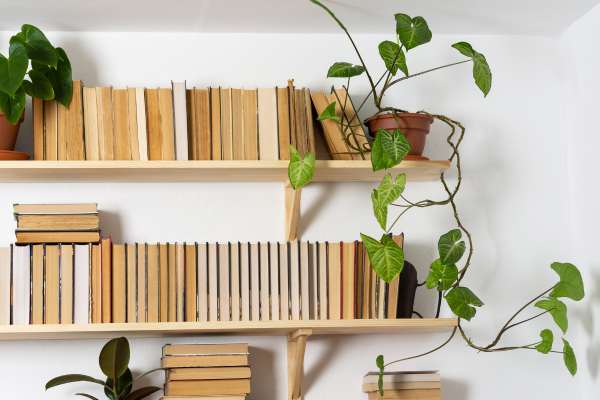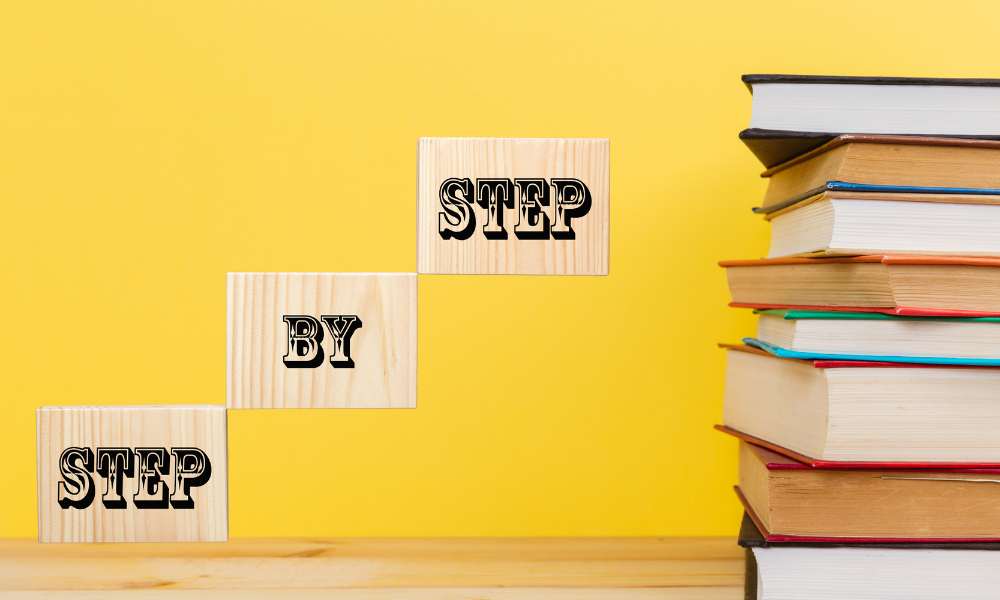Organizing your book collection can be both a practical and enjoyable task. Shelving books correctly not only keeps your space tidy but also makes it easier to find your favorite reads. Whether you have a small personal library or a larger collection, a well-organized shelf can enhance the aesthetic appeal of any room. In this step-by-step guide, we’ll walk you through the process of shelving books effectively. From categorizing by genre to arranging by size or color, we’ll cover various methods to suit your style and needs. Let’s dive in and transform your shelve books chaos into a harmonious display that reflects your love for literature.
Decide on a Shelving System

Before you start, decide on a shelving system. There are several methods you can use:
- Alphabetical Order: Arrange books by the author’s last name or by the title.
- Genre/Category: Group books by genre or subject matter.
- Chronological Order: Arrange books by the publication date.
- Color Coding: Arrange books by the color of their spines for a visually appealing display.
- Size: Arrange books by their size, which can be useful for aesthetic purposes.
Sort Your Books

Once you’ve chosen your system, sort your books accordingly. This step can take some time, especially if you have a large collection. Lay out the books on a flat surface and group them based on your chosen system.
Prepare Your Shelves

Ensure your shelves are clean and sturdy. If you have adjustable shelves, consider the height of your books and adjust the shelves accordingly. Having shelves of varying heights can accommodate books of different sizes.
Place Books Vertically

Start placing your books on the shelves vertically, spine out. This is the most common way to shelve books as it allows you to see the titles easily. Ensure that the books are standing straight and are not leaning, as this can damage the spines over time.
Use Bookends

If you have a small number of books or your shelves are not full, use bookends to keep your books upright. This prevents them from tipping over and helps maintain the order of your shelves.
Leave Space

Leave a little space between books. This makes it easier to pull out books without damaging them and allows for the addition of new books in the future.
Store Oversized Books Separately

Oversized books, such as coffee table books or large art books, might not fit on standard shelves. Store these books flat on their own shelf or stack them horizontally on the bottom shelf to prevent them from warping.
Label Shelves (Optional)

If you have a large collection, consider labeling your shelves. This is especially useful in libraries or bookstores. Use sticky labels or a label maker to mark different sections or genres.
Regular Maintenance

Regularly check your shelves for books that are out of place. Re-shelve books that have been read or borrowed and ensure that your system is still working for you. This will keep your collection organized over time.
Make It Personal

Feel free to personalize your shelving system to fit your preferences. Add decorative items like bookends, small plants, or photos to make your shelves more visually appealing and reflect your personality.
Conclusion
By following this step-by-step guide, you can create a beautifully organized bookshelf that reflects your personal style and makes finding your favorite books a breeze. Whether you prefer a methodical approach or a more creative arrangement, the key is to find a system that works best for you. An organized shelf not only enhances the aesthetic of your space but also promotes a sense of calm and order. Happy shelving, and may your bookshelves put collection always bring you joy and inspiration!
